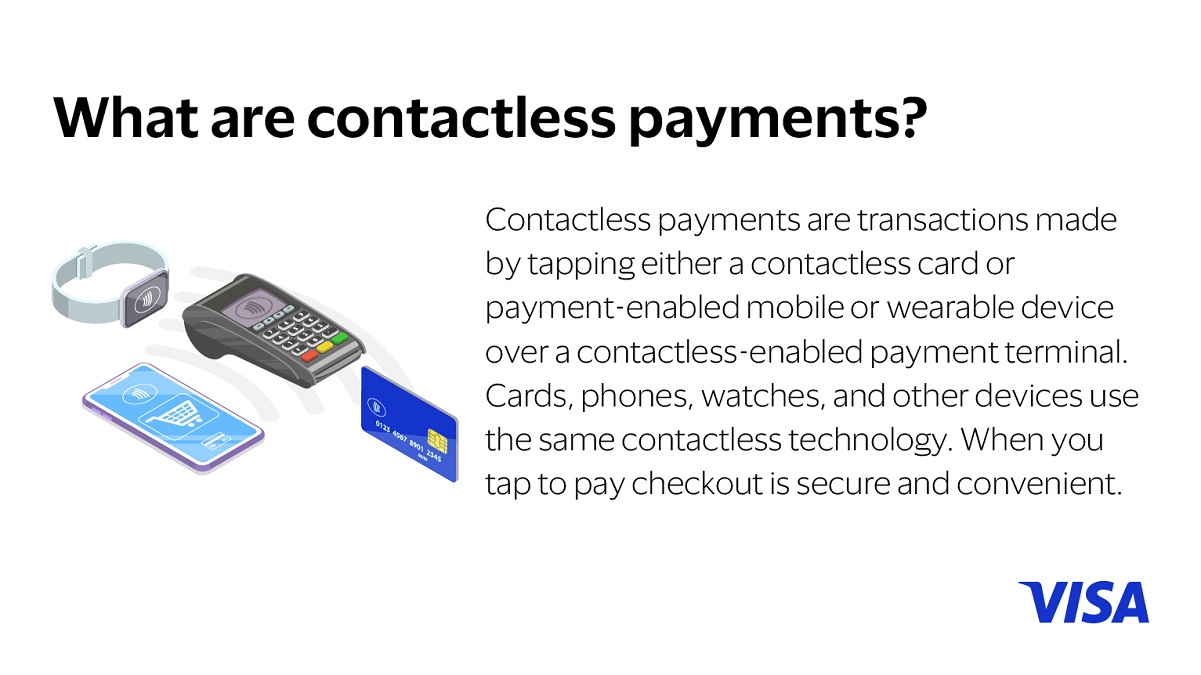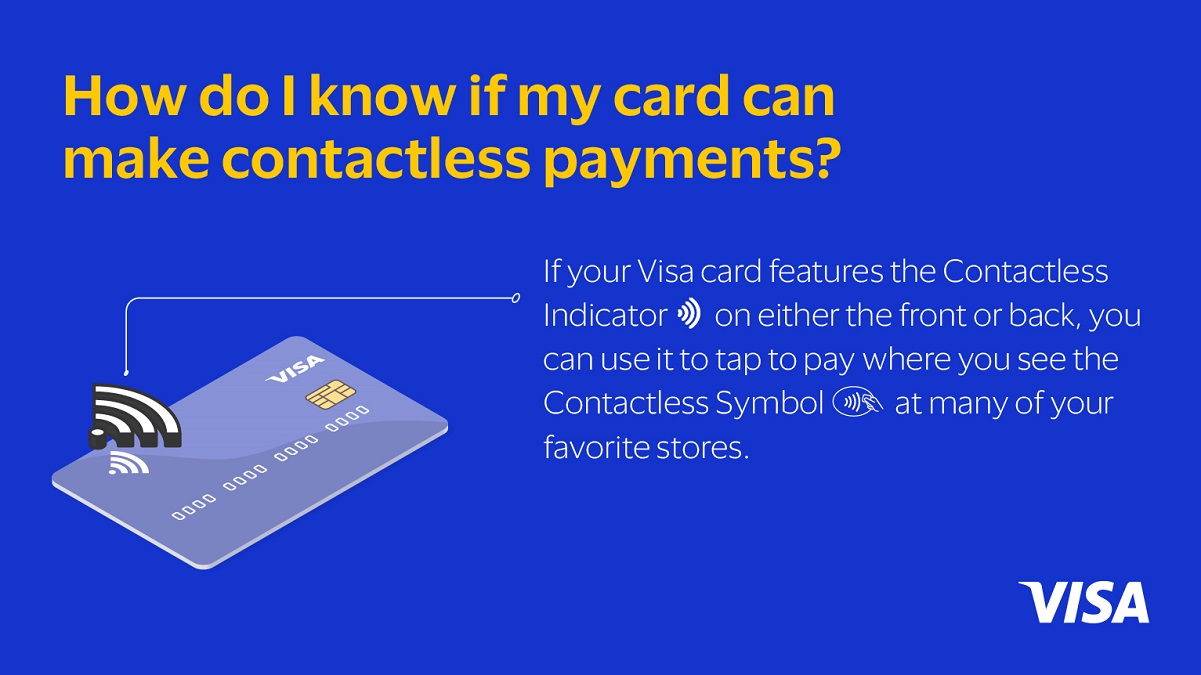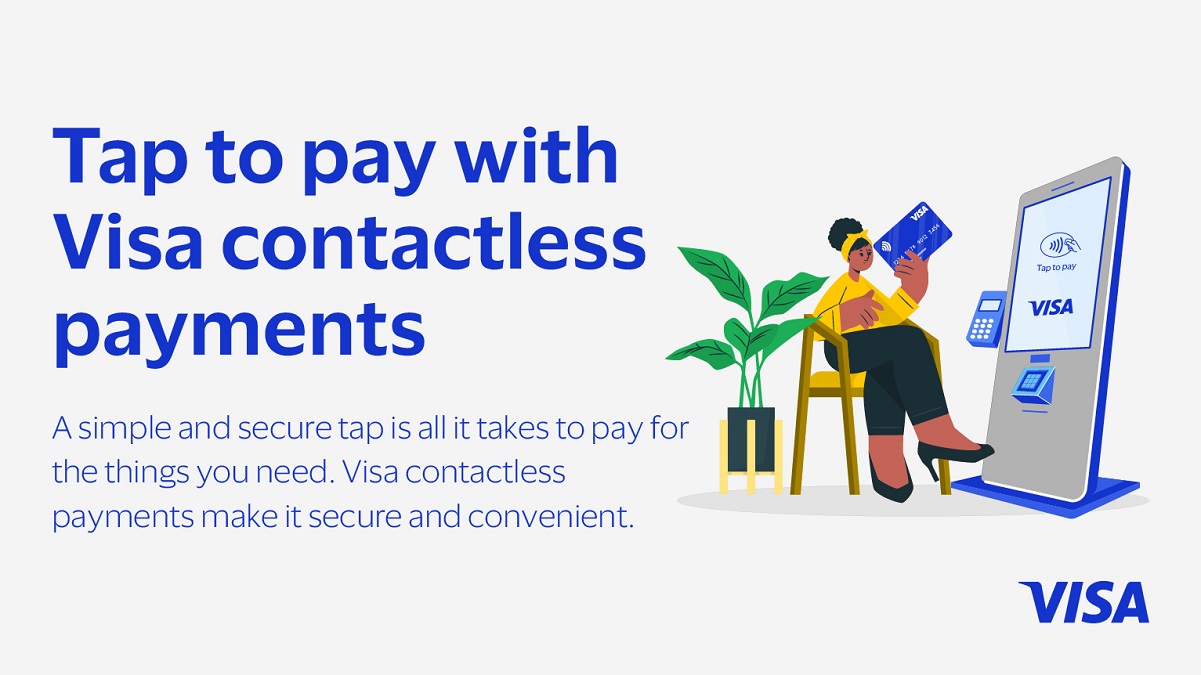Writer: ANDREW UABOI, Vice President & Head, Visa West Africa:

Contactless payments are the catalyst for the next generation of payments, and the gateway for the countless possibilities in the world of connected devices.
They continue to gain traction among consumers, merchants, and banks worldwide. In Australia, for example, nearly 90% of card-present transactions are made through contactless payment means. In London, the transportation system works with the same technology. This technology could streamline payments in Nigeria, producing significant benefits for the entire ecosystem.
The Central Bank of Nigeria recently released guidelines for contactless payments, making this the first-time contactless solutions will be formally enabled in the country. The guidelines seek to ensure that participants in contactless payments implement appropriate risk management measures, while keeping to best industry standards.
Contactless payment technology is a fast, convenient way to make everyday purchases, especially at supermarkets, fast-food restaurants, gas stations and in public transportation, helping consumers transform their lifestyle by streamlining their payment experience – all in just a few seconds for each transaction.
Consumers are the biggest winners: contactless technology allows payments to be made simply by bringing the card over the payment terminal via short-range wireless technology. There is no need to swipe or dip the card, and in many cases, it isn’t necessary to enter a PIN or password. This technology has the same security standards employed by chip cards.

Say goodbye to the long lines at checkout! This technology provides benefits to storeowners, who can use it to ensure quick, streamlined payments at the register and increased operational efficiency by reducing cash usage. This in turn improves the user payment experience and increases sales. Without this technology, there is no interoperable platform for the growth of mobile payments in Nigeria or the use of increasingly popular new payment devices, including bracelets, watches, and rings. Consumers want to use those devices wherever they go, in a universal manner, as it is currently done in more than 200 countries around the world when using their cards.
Contactless payments allow you to build new experiences to replace cash usage. Additionally, it offers powerful benefits to issuer banks. Not only does it help penetrate small-ticket transactions and participate in new acceptance categories, but it also accelerates digital migration by driving preference for the banks’ products and developing new payment uses by combining tokens, biometrics, and other available platforms to improve the user experience.
Africa’s digital payments landscape has experienced significant growth over the last decade and South Africa leads the charge of contactless payments adoption on the continent, with more than 50% of all digital transactions being contactless.

The introduction of new technologies such as contactless in Nigeria will further support the CBN’s cashless policy to reduce the reliance on cash transactions.
The opportunity to expand contactless payments is huge, as it brings benefits to all ecosystem participants.







Comments 1